Catching Babies in Uganda
...at the Shifrah and Puah Maternity Center
The summer of 2017 I had a life-changing experience. You may wonder why did it come so late. I am a nurse-midwife with 35 years' experience in delivering babies in various settings including hospital birth, clinic, and homebirth. Some might consider me the "guru of homebirth" in Israel, where I have lived for all my adult life after making Aliya in 1973. When I retired in 2017, I was ready for adventure and to fulfill my dream of volunteering in a developing country, my way of thanking Hashem for the blessed life I have been fortunate to have led. This brought me to answer an urgent call for volunteer midwives in a remote birth center in Uganda and then to visit the Jewish villages, collectively called the Abayudaya, a 6-hour bus ride away, which has existed for over 100 years.
That July I thus spent four incredible weeks working as a midwife in a rural village birth center in Uganda. There I did prenatal care for about 50 women a week with an emphasis on screening for HIV, malaria prevention, deworming, and tetanus vaccination, in addition to the usual prenatal examination. This was a new ball game for me. Luckily for me most of the women understood English (thanks to British colonization) and we were able to communicate, although they were quite shy and maybe a bit leery of the foreign blonde white woman, who used a microphone (doppler) to hear the baby's heartbeat. Most women were very unsure of how pregnant they were, and it was common for first-time mothers to be 17, with families averaging 6 children and polygamy still the norm. Life is very hard for Ugandan women judging by our Western standards. They are busy schlepping water in jerrycans from the far-away borehole, collecting firewood for cooking, doing hand laundry, hoeing their subsistence crops, breastfeeding and attending to their children, and sweeping their mud huts.
Working in this birth center was so different from the midwifery I had practiced in Israel. I had to learn to conduct births with no running water or electricity, no sanitary napkins, no flush toilets, no showers, and no disposable underpads to catch the birth fluids, using poor solar lighting that usually ran out. I learned all that from the experienced Ugandan midwives who became my dear friends. When I worked in Israel in hospital, birth instruments were sent to the autoclave for sterilization and it was not the midwives' job to do this. In Uganda, I had to do all the cleaning after the birth and it was really an eye-opener. I had to first get water from the well to scrub the instruments, then soak them in bleach, then gather wood, or if I was lucky there was charcoal, then make a fire, shlep more water from the cistern and boil the instruments on the outdoor fire that was built on rocks. Of course, the pot had no handles and I couldn't figure out how to get it off the fire until the Ugandan midwife laughed and showed me the native potholder -- the ever-useful folded banana leaf.
On a personal note, my biggest challenge was the latrine issue with outdoor pit toilets and the lack of basic hygiene. On my daily solitary walk from my very simple guesthouse to the birth center, taken on dirt paths through banana, sweet potato, and yucca fields, I was greeted by hordes of adorable children shouting mazungo, referring to "white people". It was always exciting to negotiate crossing streams on logs and meeting huge horned bulls and unusual creepy-crawlies.
The birth statistics in Uganda are horrific. So many women die from pregnancy and birth complications including hemorrhage, infection, eclampsia, and obstructed labor. A very high number of babies don't survive their first year; babies also die from the tetanus found in their umbilical cord. I was in awe of the strength and fortitude of the Ugandan women giving birth. There was no option of pain relief, and all women breast fed. They barely cried or requested any help and were amazingly stoic, birthing in very minimal conditions. Women must bring all their own supplies, consisting of a sheet to cover up with and a large piece of plastic to birth on and some cloths to wrap the baby with. They bring their own food and wash basin; after the birth they sleep with their baby on a narrow cot. And they leave after 6 to 24 hours.
I inquired and learned that the birthing facilities available to the Jewish villages are virtually non-existent and share the same shocking Ugandan birth statistics. After consulting with Rabbi Gershom Sizumo and the Tobin Health Center's chief doctor, four private ensuite rooms at the Center were allocated to serve as a birth center. We determined that $6,000 was needed to equip and convert the rooms. This became my retirement project, thereby fusing my two life passions: Jewish heritage and safe and dignified midwifery.
I returned to Israel and embarked on a massive fundraising campaign and was able to return the following year, 2018, to open the Shifrah and Puah Maternity Center. It was a great challenge working with local plumbers, electricians and carpenters, and hiring local registered midwives. The money very quickly ran out and I had to do emergency fundraising for the additional $7,000 needed to open the Birth Center. We had planned on the birth center being self-sustainable, with the women covering the $5 cost of the birth. But after a few months, the very poor attendance made us realize that the women were continuing to birth at home without any qualified midwife in attendance. Most women are so poor that they couldn't afford the $5. I then understood that we must subsidize each birth to cover the midwife's salary, equipment, medications, water, electricity, and taxes. I therefore began doing active fundraising through lecturing and social media campaigns.
All in all, since 2017, I have made 4 month-long trips to Uganda, volunteering and organizing and supervising. Each time I brought 6-8 large suitcases of used baby clothes and blankets to give each birthing woman something to take the baby home in (instead of the usual rags).
Of course, the most exciting part of my Uganda adventure was to catch the babies*; I am so thankful to see each safe birth outcome. Women are the backbone of the family and the nurturers of society; they need not die in childbirth in 2022. Every baby deserves a chance to live and be healthy. This is a Tikun Olam project enabling the Jewish value of preserving the sanctity of life. My life-changing adventure meant doing my small part towards achieving this goal.
The Birth Center is further enhanced with an international midwifery and doula volunteer program and also involves the local traditional village health team workers. Our motto is to provide safe and dignified maternity care and improve birth statistics. We serve the entire city plus the surrounding villages and our staff and clientele are multi-cultural, including Jews, Moslems, and Christians. We now have about 20 births a month, have an ambulance and an ultrasound, and have four midwives. We are growing stronger every year thanks to our generous donors, but there are still many challenges ahead to keep afloat.
When a midwife asked me to hold together her broken eyeglasses so that she could suture, I understood the great need to provide eyeglasses. I collected hundreds of pairs of used eyeglasses in Israel (and received a donation of hundreds of pairs of new eyeglasses from GlassesUSA) and we were able to do vision outreaches to remote villages and distribute free eyeglasses. Many thanks to optometrists Eve and Phillip Bloom of Rechovot, who volunteered to write each prescription on every frame. On my last trip in July 2022, I organized a village maternity outreach to a slum village, offering free prenatal checkups to encourage women to take advantage of our services.
'Catching' refers to the moment the baby 'drops' out of the birth canal if the mother is lying on her back.



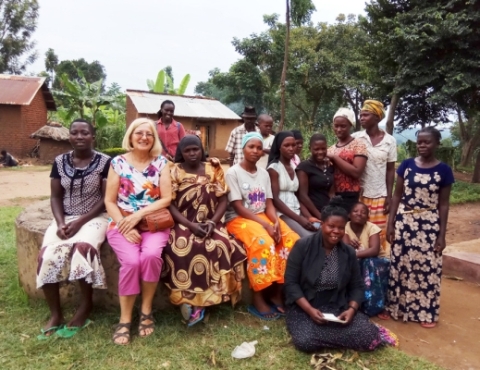
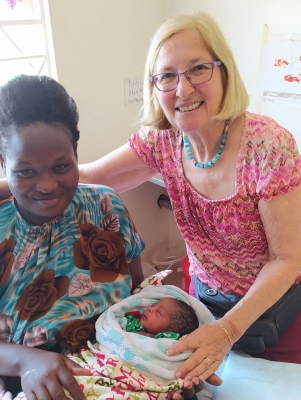
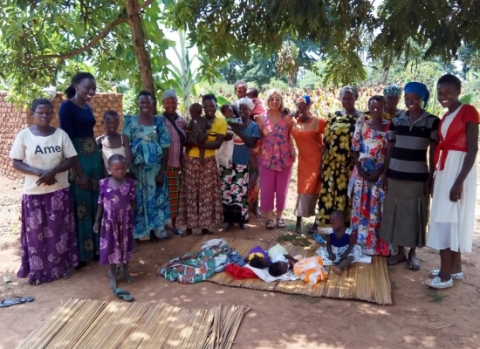
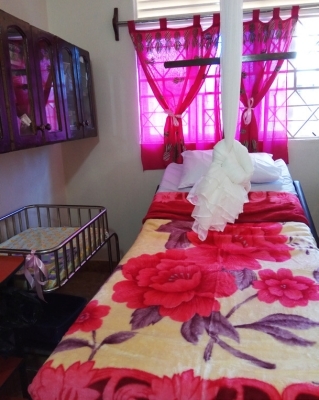
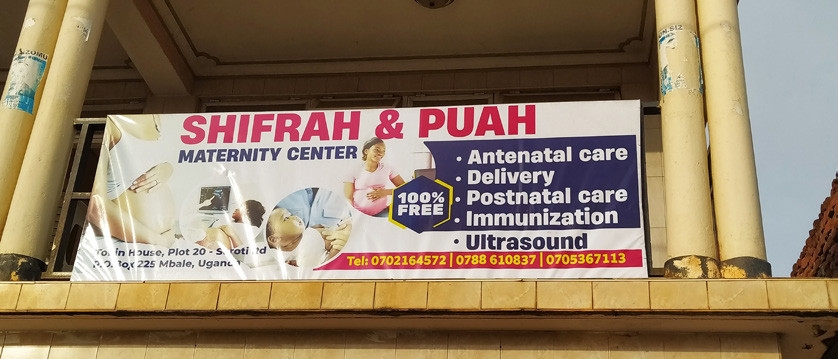




Comments